Melanism is used to describe animals that have more melanin in their skin, hair, fur, and feathers than animals of the species would normally have. It affects all sorts of animals, including mammals, reptiles, and insects. However, some species appear to be more prone to melanism than others.
It’s important to note that animals with more melanism aren’t always entirely dark. Animals with a lot of melanin can appear completely black, like black panthers. However, some may be just a darker shade or a grayish color.
For a while, melanism was thought to be nothing more than a genetic mutation. While that is the case for some animals, it’s found that other species show a high level of melanism because it benefits them.
Some of the benefits are quite wild. Some animals manage to blend into their surroundings better, keeping them hidden from predators or their prey. Others are better able to remove pollutants if they have darker skin.
To learn more about animals that are prone to melanism and the benefits it may provide them, continue reading below.
1. Indian Leopards (Panthera pardus fusca)
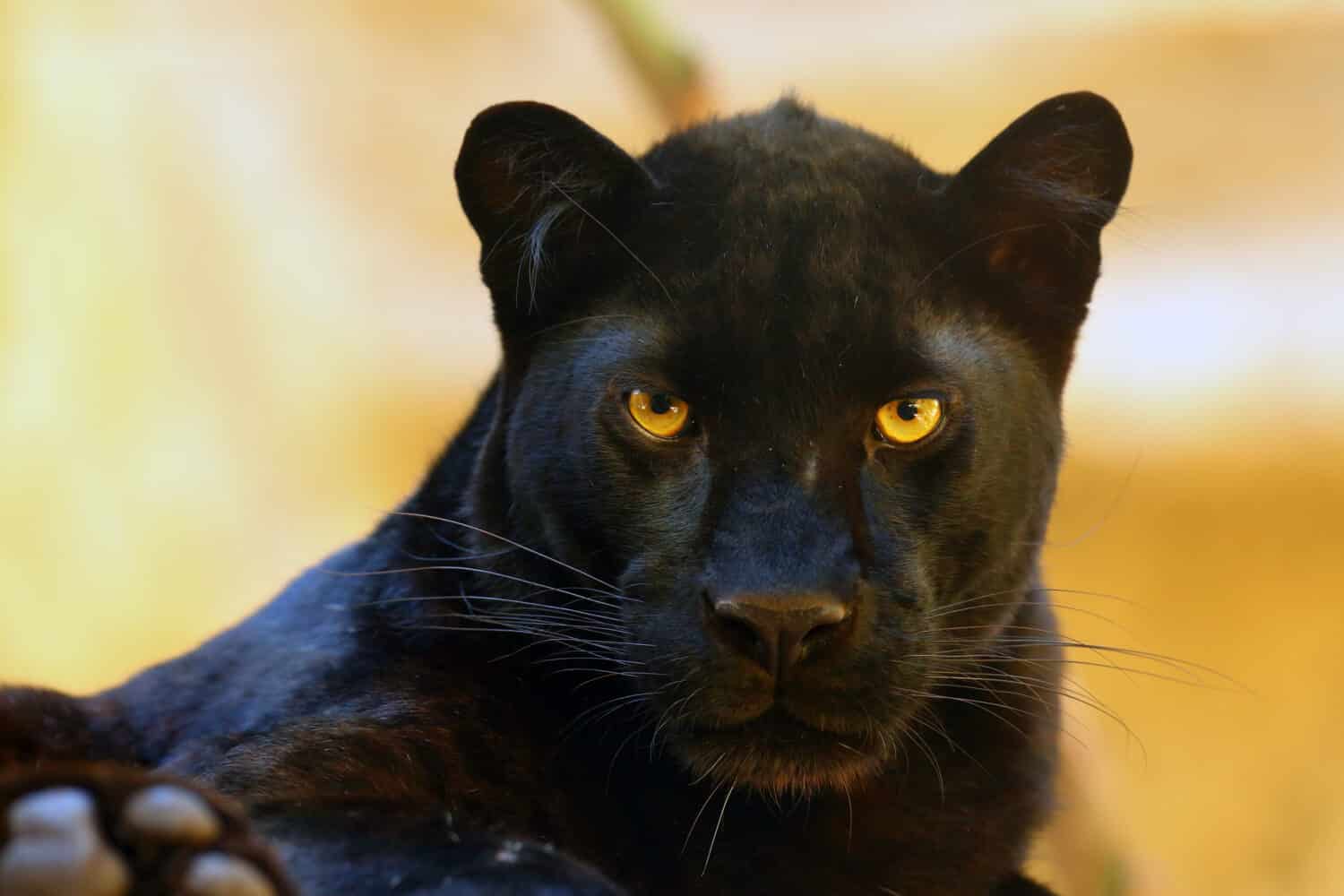
Melanistic leopards are so common, that for a while, they were thought to be their own species.
©Karel Bartik/Shutterstock.com
Leopards are probably one of the most common examples of melanistic species in the world. In shadows, these cats look fully black, but in the light, their spots are still visible, appearing much like you’d see on a typical big cat.
The Indian leopard is one type that frequently shows signs of melanism. It’s theorized that since the jungles are so dark, the darker fur color keeps them hidden from their prey longer.
This is a form of melanism known as adaptive melanism. This is because animals are adapting to fit into their surroundings. In this case, it’s to hide from predators, but sometimes it can also be used to protect them from the harmful rays of the sun.
2. Peppered Moth (Biston betularia)
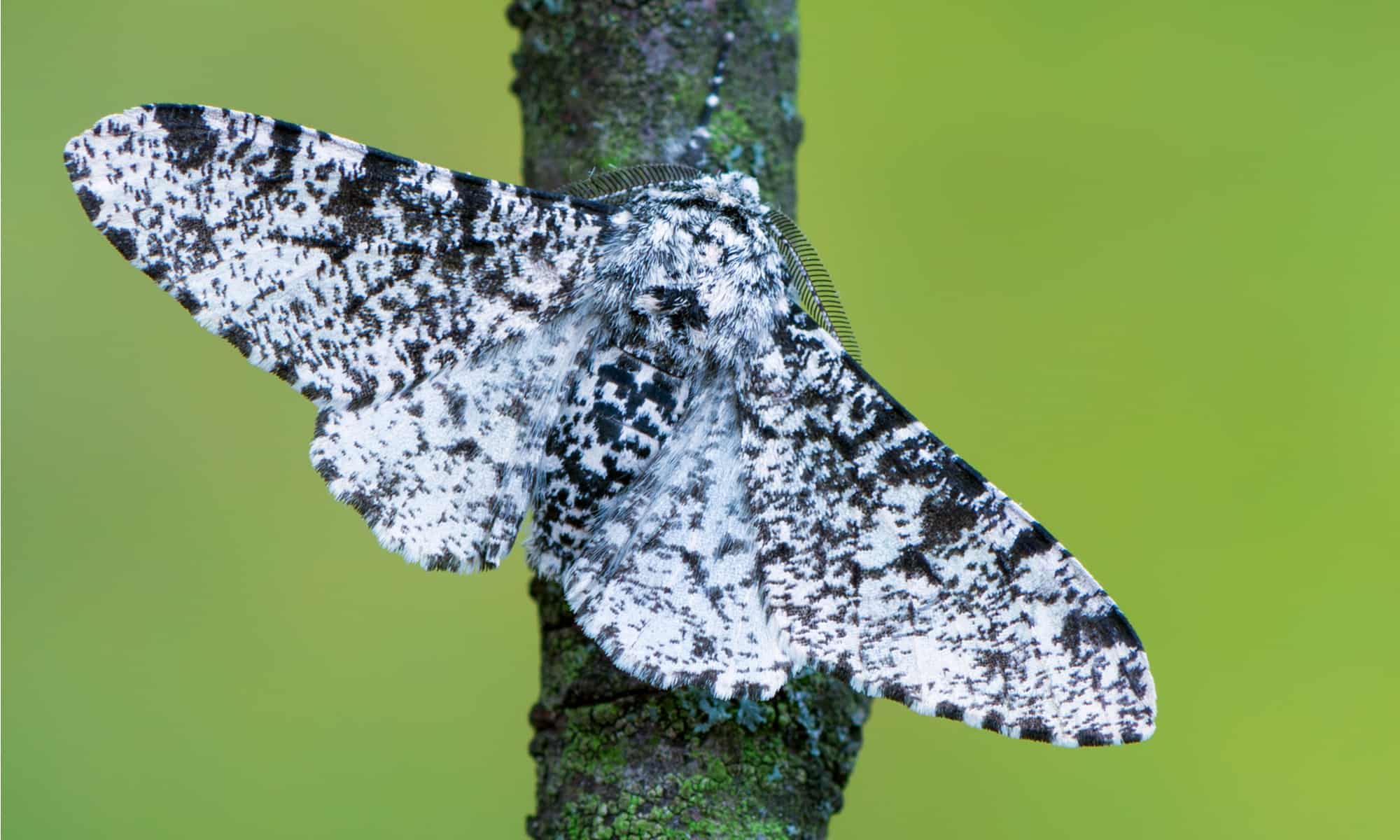
Peppered moths usually are white with black spots, but will occasionally be solid black.
©Marek R. Swadzba/Shutterstock.com
The rapid evolution of peppered moths is widely talked about in the science world. Before the 1800s, melanistic peppered moths were easily noticed and picked off by birds.
However, in 1848, black peppered moths became a common sight. Why is this? The industrial revolution, of course. Because of the amount of coal people burned, much of the surrounding area was coated in black soot.
Normal peppered moths stood out amongst the dark buildings and were picked off. So darker moths grew more and more common, especially in urban areas. This is a form of melanism known as industrial melanism. It’s called such because it was brought on by people and the changes people made in the world due to the industrial revolution.
3. Pygmy Grasshoppers (Tetrix subulata)
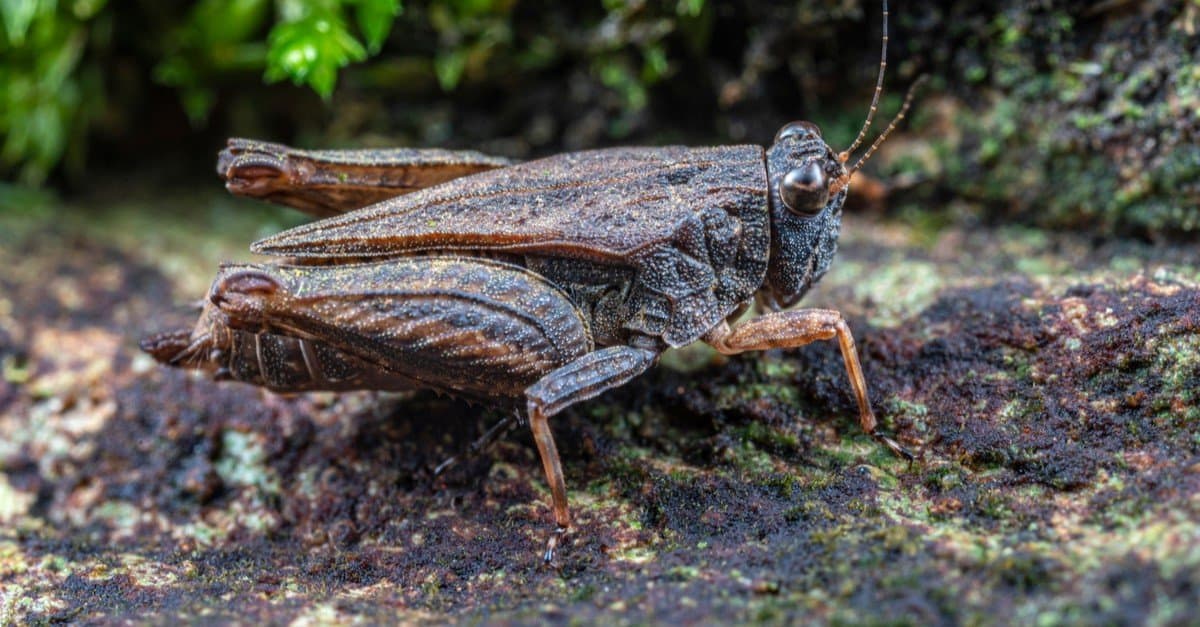
Another animal that showed adaptive melanism is the pygmy
grasshopper
.
©Peter Yeeles/Shutterstock.com
Even little grasshoppers show signs of adaptive melanism. If there’s a fire in the area, you’re much more likely to see melanistic pygmy grasshoppers. This adaption happens quite quickly, and the color of the population changes from year to year based on the number of fires.
Because this species only appears to show signs of melanism around the time that fires occur, their melanism was given a specific name, “fire melanism.” It is a beneficial practice for the pygmy grasshopper, as it allows them to stay hidden in the darker soil and burnt plants after a fire.
4. Rock Pocket Mice
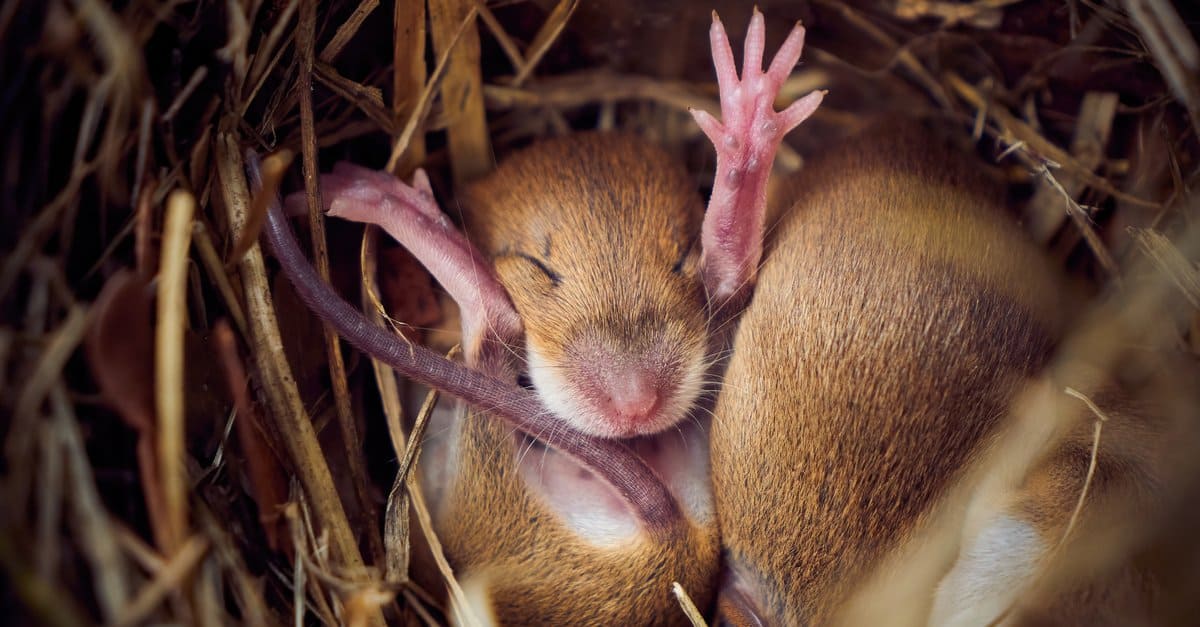
These little mice live in areas of Utah, Arizona, and New Mexico.
©Adrian Eugen Ciobaniuc/Shutterstock.com
Rock pocket mice in southern Arizona display a unique case of melanism. It’s only one population of this mouse species, but the darker coloring is present in almost all individuals in this population.
While rock pocket mice technically aren’t animals prone to melanism, they have a whole population in Arizona that is darker than the rest of the species. This is because this group lives on top of the Pinacate lava flow and they are better able to blend into their surroundings.
However, other populations nearby are starting to demonstrate melanism. There’s a group in New Mexico also showing more melanism than normal, although it hasn’t yet been determined if this is an independent change or if the populations mixed.
5. Gray Partridge (Perdix perdix)
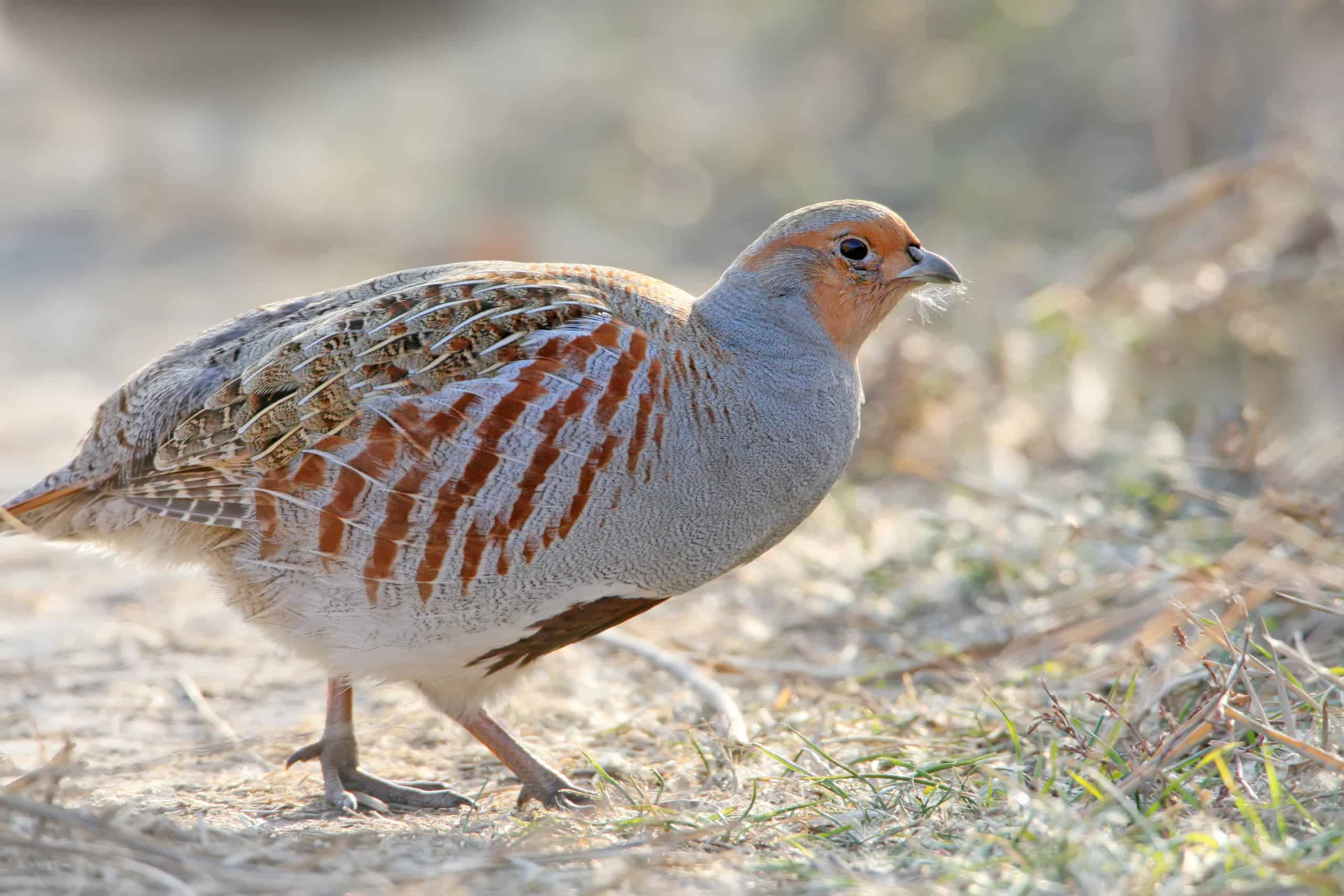
Usually, gray partridges are fairly bright and colorful, but melanistic partridges are darker and duller.
©Voodison328/Shutterstock.com
For a long time, it was thought that the melanistic groups of gray partridges were different from the regular ones. This is because these darker birds had different preferences in habitat.
This means that eventually, it’s possible that the gray partridge and the melanistic partridge could grow apart and become separate species. However, that’s currently not the case.
As for why these birds are different colors, it’s due to their habitat. Melanistic gray partridges tend to live in areas with darker habitats, specifically in areas where there’s a darker species of peat. They have a darker appearance to blend in better.
6. Turtle-Headed Sea Snakes (Emydocephalus annulatus)
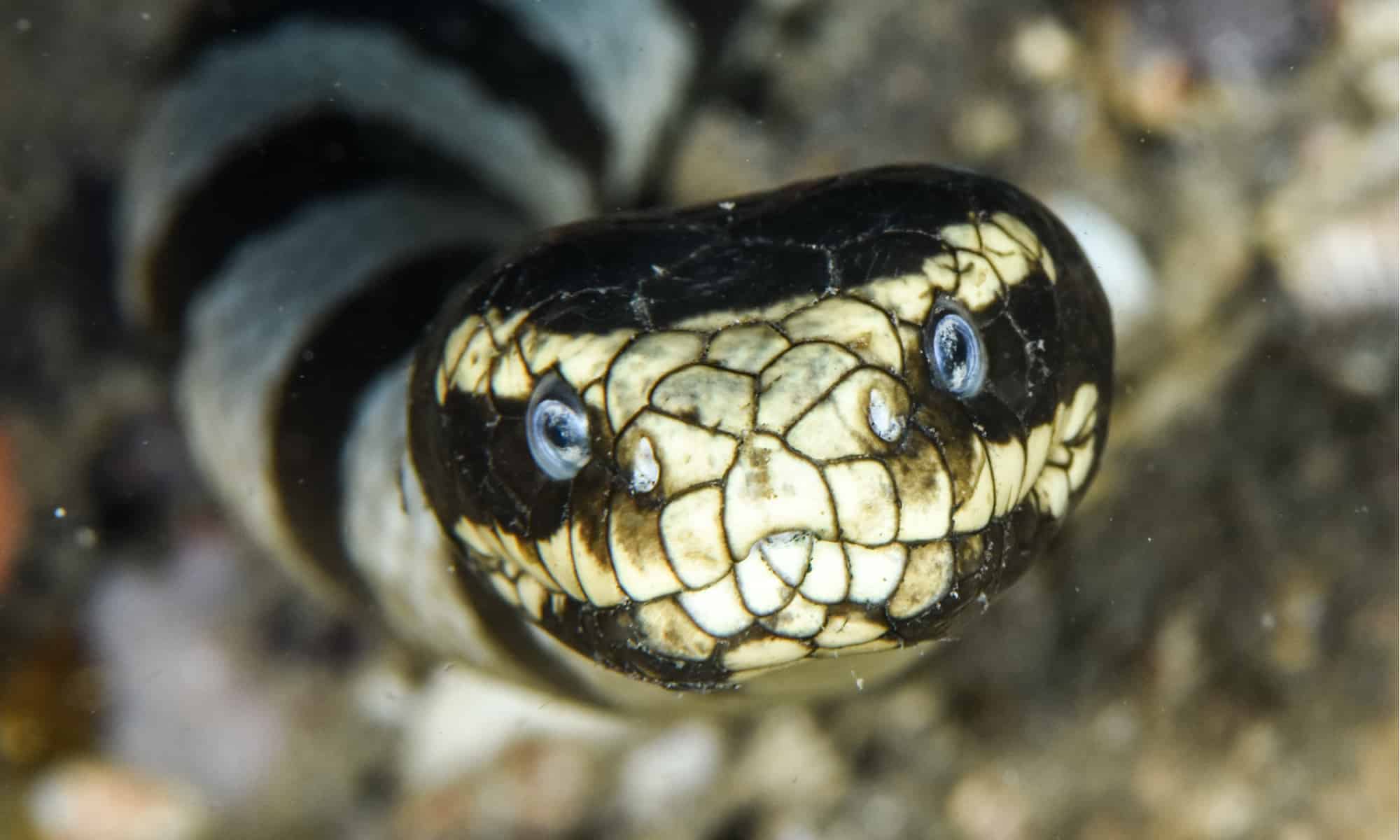
Turtle-headed sea snakes look a lot like banded sea snakes, but they have some differences.
©Jack Pokoj/Shutterstock.com
The melanin in turtle-headed sea snakes serves a very different purpose than the other animals on this list. It’s not to help them avoid predation or hide from their potential prey.
Instead, it’s used to help them remove pollutants in the body. That’s right, by having more melanin in the skin, these snakes can concentrate pollutants in their body onto their skin. Then, when they shed, they remove the pollutants as well.
This melanism is found in areas where water is heavily polluted. It allows the turtle-headed sea snake to live in areas that might otherwise be too contaminated for survival.
7. Oncilla (Leopardus tigrinus)
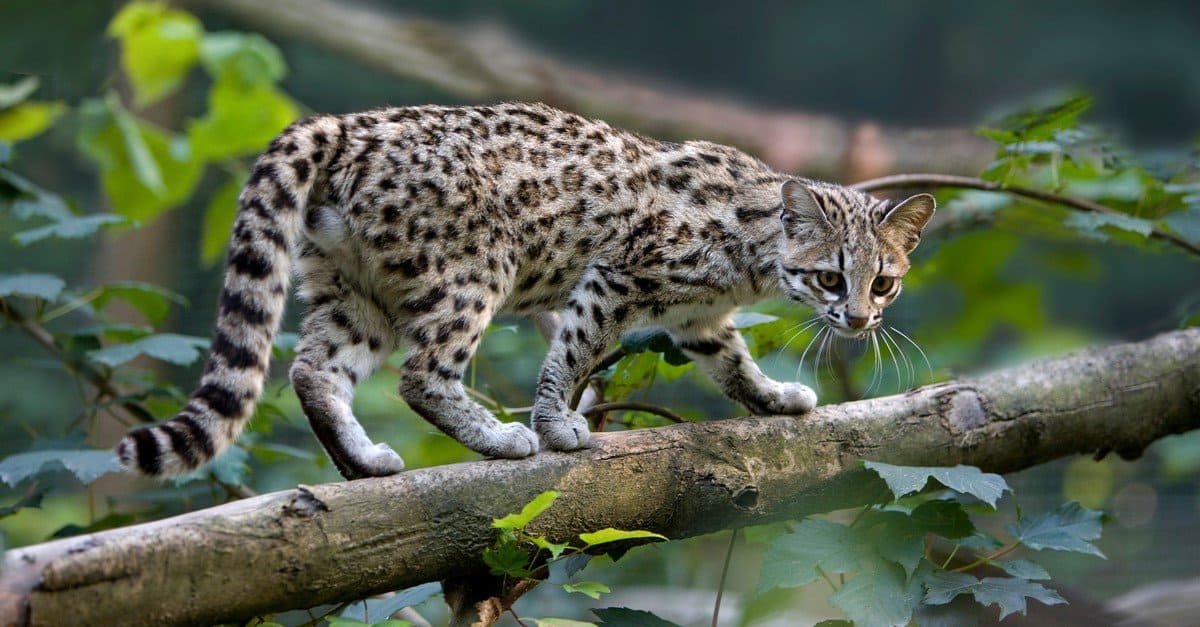
These little cats are known as oncillas and are remarkable predators.
©slowmotiongli/Shutterstock.com
Like the gray partridge, the oncillas that are melanistic have slightly different behaviors than the normal-colored oncillas. Those with extra melanin in their bodies are more likely to hunt on brighter nights.
This is because they hide better, even when it’s bright out. However, the lighter-colored cats have to be a bit more selective. On brighter nights, it’s easier for their prey to see them.
It is thought that by having melanistic counterparts in a species, the animal fills a wider niche, or moves to a niche where there’s not as much competition from other predators.
8. Wolves
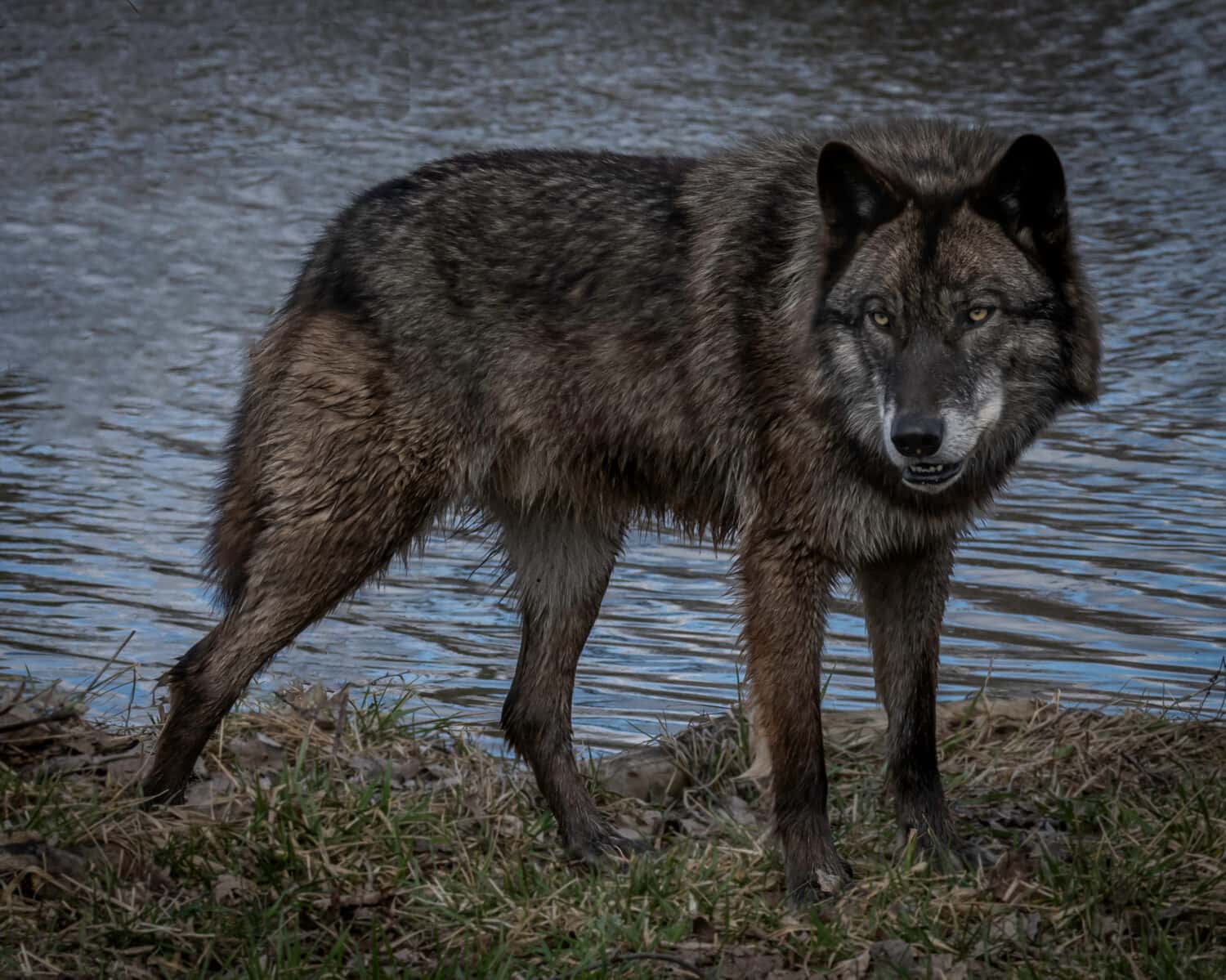
Black wolves are pretty but are a relatively new development.
©Laura Hedien/Shutterstock.com
Another unique type of melanism appears in wolves. Most wolves appear gray or brownish. However, sightings of black wolves have gone up in recent years.
It may lead you to believe that the cause for this change comes from humans. In a way it is, but not how you might expect.
The black coloring in wolves actually comes from hybridization. Certain dog breeds primarily have black fur. When they mated with wild wolves, they shared this trait.
So in reality, it’s not wolves that are showing signs of increased melanism, but their hybrid offspring with domesticated dogs.
Summary of The Animals Most Prone to Melanism
| List Number | Animal | Scientific Name | Possible Melanism Benefits |
|---|---|---|---|
| 1 | Indian leopard | Panthera pardus fusca | Allows them to hide from their prey longer |
| 2 | Peppered moth | Biston betularia | They blend into urban areas with high levels of soot |
| 3 | Pygmy grasshopper | Tetrix subulata | They blend into landscapes burned by fire |
| 4 | Rock pocket mice | Chaetodipus intermedius | They blend into cooled lava habitats better |
| 5 | Gray partridge | Perdix perdix | They blend into their surroundings more in areas with darker peat |
| 6 | Turtle-Headed sea Snakes | Emydocephalus annulatus | More melanin allows them to rid themselves of poisons |
| 7 | Oncillas | Leopardus tigrinus | Allows them to hunt on brighter nights |
| 8 | Wolves | Canis lupus | Comes from hybridization with domesticated dogs |
The photo featured at the top of this post is © reptiles4all/Shutterstock.com
Thank you for reading! Have some feedback for us? Contact the AZ Animals editorial team.






